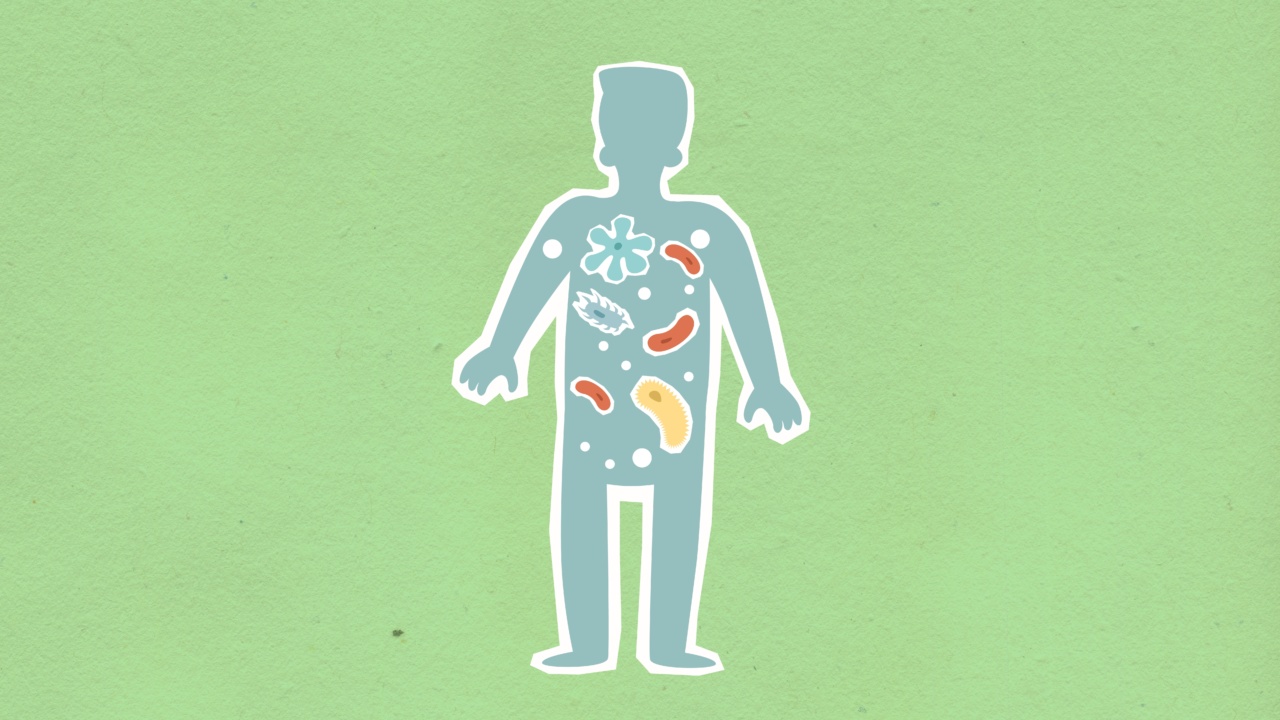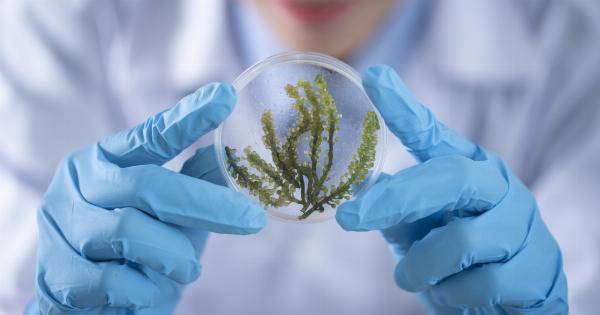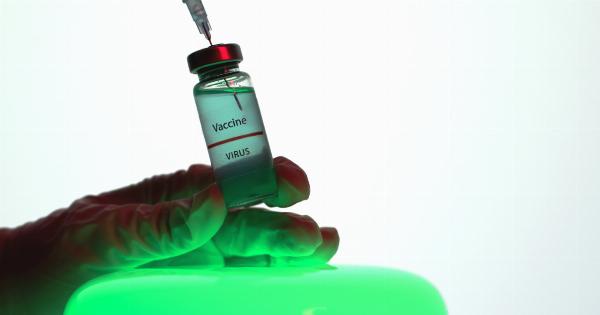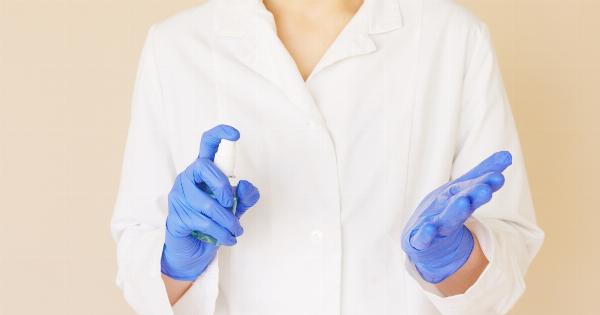Staphylococcus bacteria are a group of common bacteria that can cause a wide range of illnesses, from minor skin infections to serious conditions such as pneumonia and sepsis.
These bacteria are found on many surfaces and can be spread through a variety of ways. In this article, we will explore some of the most common ways that staphylococcus bacteria can be spread.
1. Direct Contact with an Infected Person
One of the most common ways that staphylococcus bacteria are spread is through direct contact with an infected person. This can occur when a person touches an infected wound or has contact with the skin of an infected person.
Staph bacteria can also be spread through intimate contact, such as sexual activity or kissing.
2. Contact with Contaminated Surfaces
Staph bacteria can survive on surfaces for extended periods of time. This means that they can be spread through contact with contaminated surfaces, such as doorknobs, countertops, and gym equipment.
In some cases, staph infections have been linked to exposure to contaminated medical equipment or surgical instruments.
3. Sharing Personal Items
Sharing personal items, such as towels, razors, and bedding, can also spread staph bacteria. This is especially true in environments such as college dorms or athletic facilities, where personal items are often shared.
It’s important to keep personal items clean and avoid sharing them whenever possible.
4. Improper Food Handling
In some cases, staph bacteria can be spread through contaminated food. This can happen when food is not cooked or stored properly, allowing the bacteria to thrive.
It’s important to follow proper food handling techniques, such as cooking food to the appropriate temperature and storing it at the correct temperature.
5. Poor Personal Hygiene
Poor personal hygiene can also contribute to the spread of staph bacteria. This can include things like not washing your hands regularly, not showering after working out, and not washing your clothes frequently enough.
Practicing good personal hygiene is an important part of preventing the spread of staph infections.
6. Pet Contact
Staph bacteria can be spread through contact with pets, particularly dogs and cats. These animals can carry staph bacteria on their skin and in their noses.
If you have a pet, it’s important to keep them clean and practice good hygiene when handling them.
7. Healthcare Settings
Staph infections are a common problem in healthcare settings such as hospitals and nursing homes. This is because these settings often involve people with weakened immune systems, who are more vulnerable to infection.
In addition, staph bacteria can be spread through contact with contaminated medical equipment or surfaces.
8. Clostridium difficile Infections
Research has found that individuals who have been diagnosed with Clostridium difficile infections are at an increased risk of contracting a staph infection.
This is due to the fact that the use of antibiotics to treat Clostridium difficile can disrupt the balance of bacteria in the body, making it easier for staph bacteria to take hold.
9. Community-Acquired MRSA
Community-acquired MRSA is a type of staph infection that is acquired outside of a healthcare setting. This can occur through contact with infected individuals or surfaces.
Community-acquired MRSA is a growing concern, particularly in crowded environments such as schools and athletic facilities.
10. Intravenous Drug Use
Individuals who use intravenous drugs are also at an increased risk of contracting a staph infection. This is due to the fact that the use of shared needles and unsanitary injection practices can allow bacteria to enter the body.





























